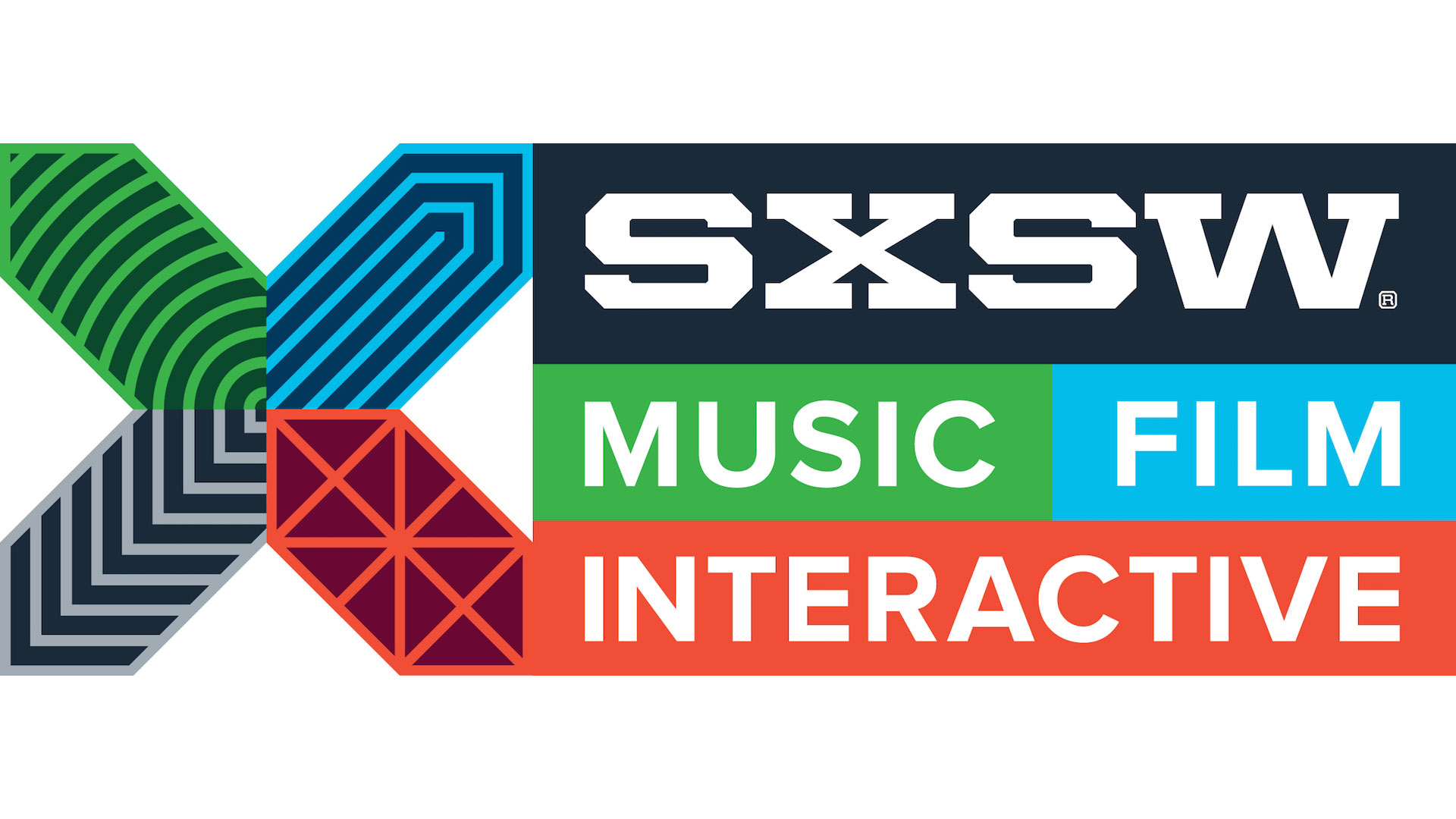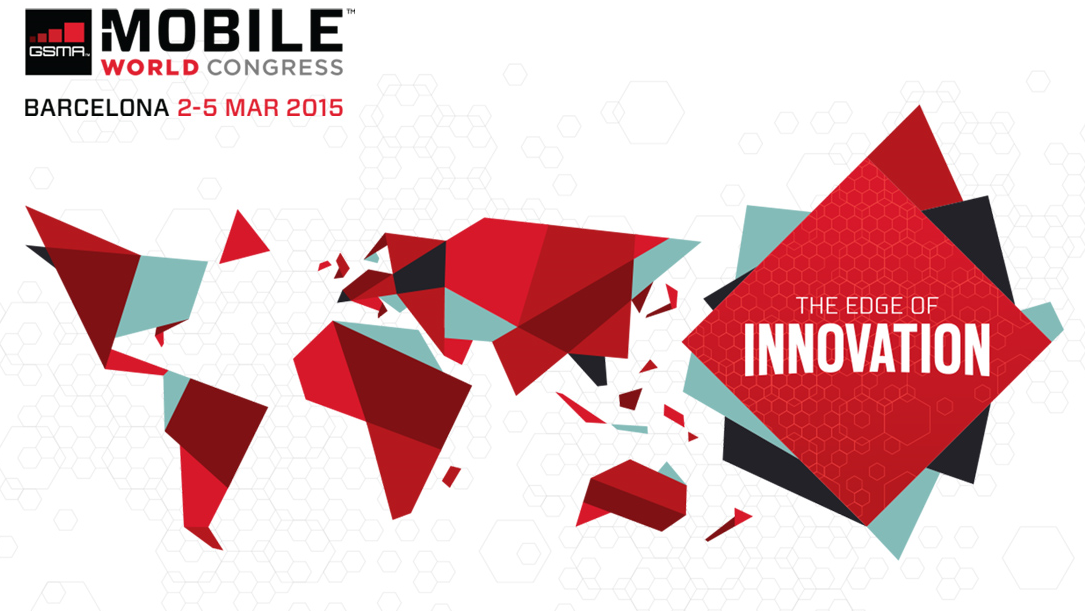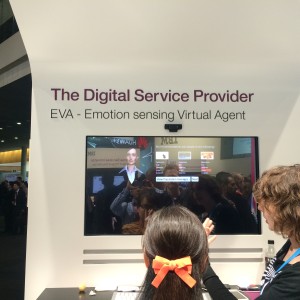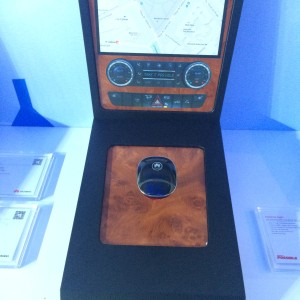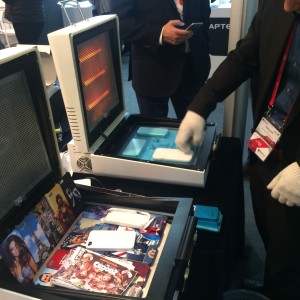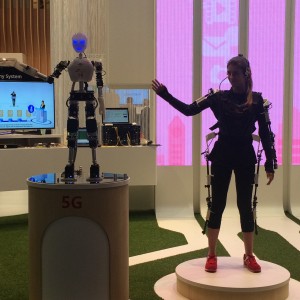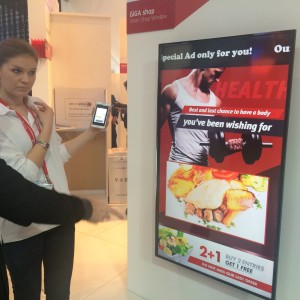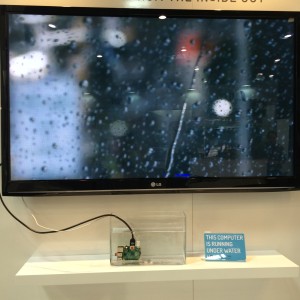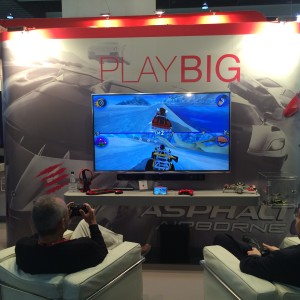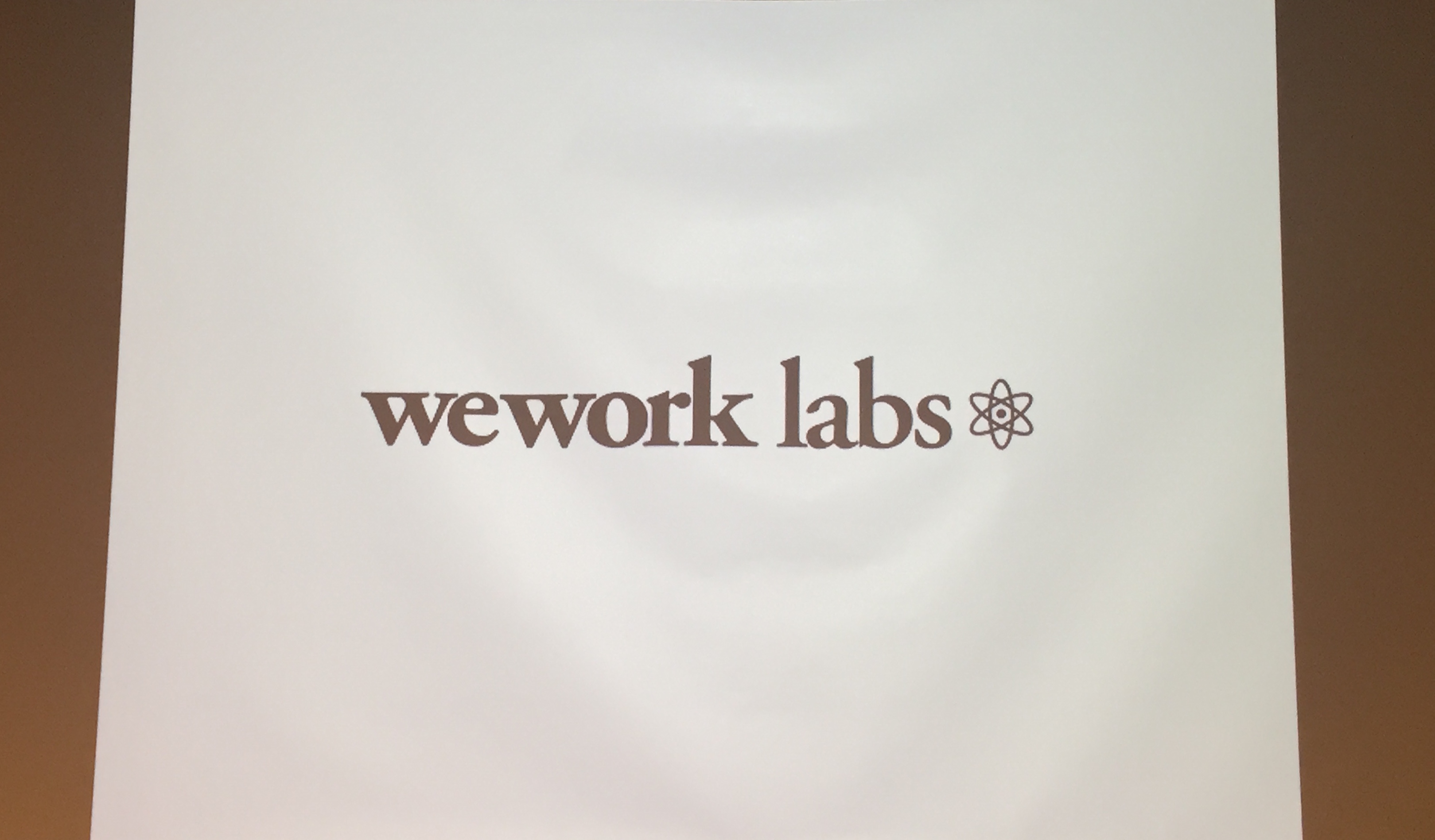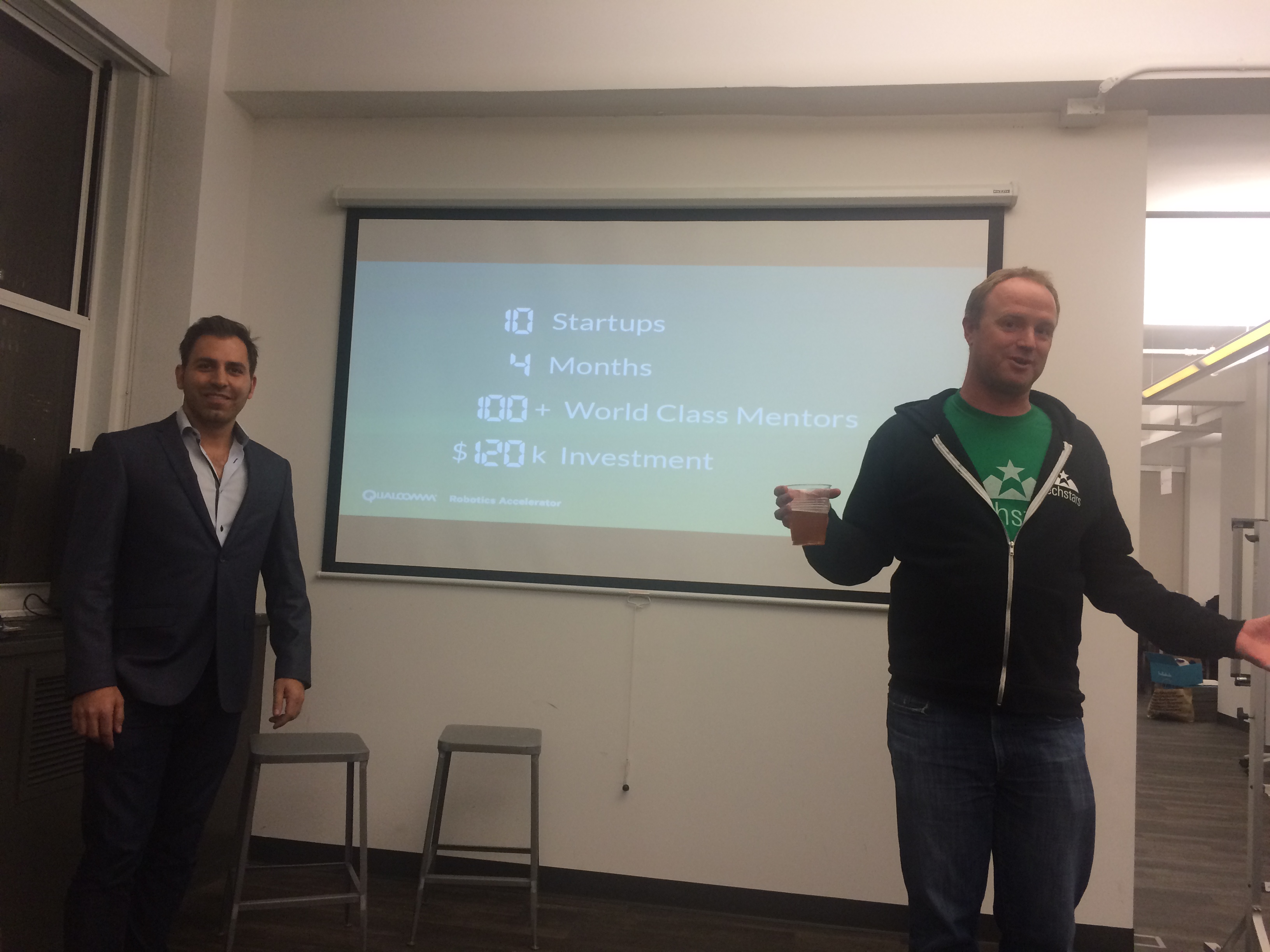On Saturday, the IPG Media Lab attended the SXSW 2015 Accelerator Pitch-off , which was all about wearable technologies. During the event, judges with VC and startup backgrounds determine which finalist has the most innovative platform or product. Our personal favorites included:
- SolePower: Their “EnSoles” turn footsteps into a power source and enabling mobile recharging in a snap.
- Tinitell: This affordable wristphone and GPS-tracker for kids is equipped with a speaker and microphone, Bluetooth, CPU, and voice recognition software that enables children to make a call, from an approved list, by saying the name they want to call.
- Waverly Labs: A smart earpiece for business professionals that functions as a “personal assistant,” advanced communication tool for groups and teams, and a universal language translation device.
Keep checking ipglab.com for more updates from the floor of SXSW 2015.
